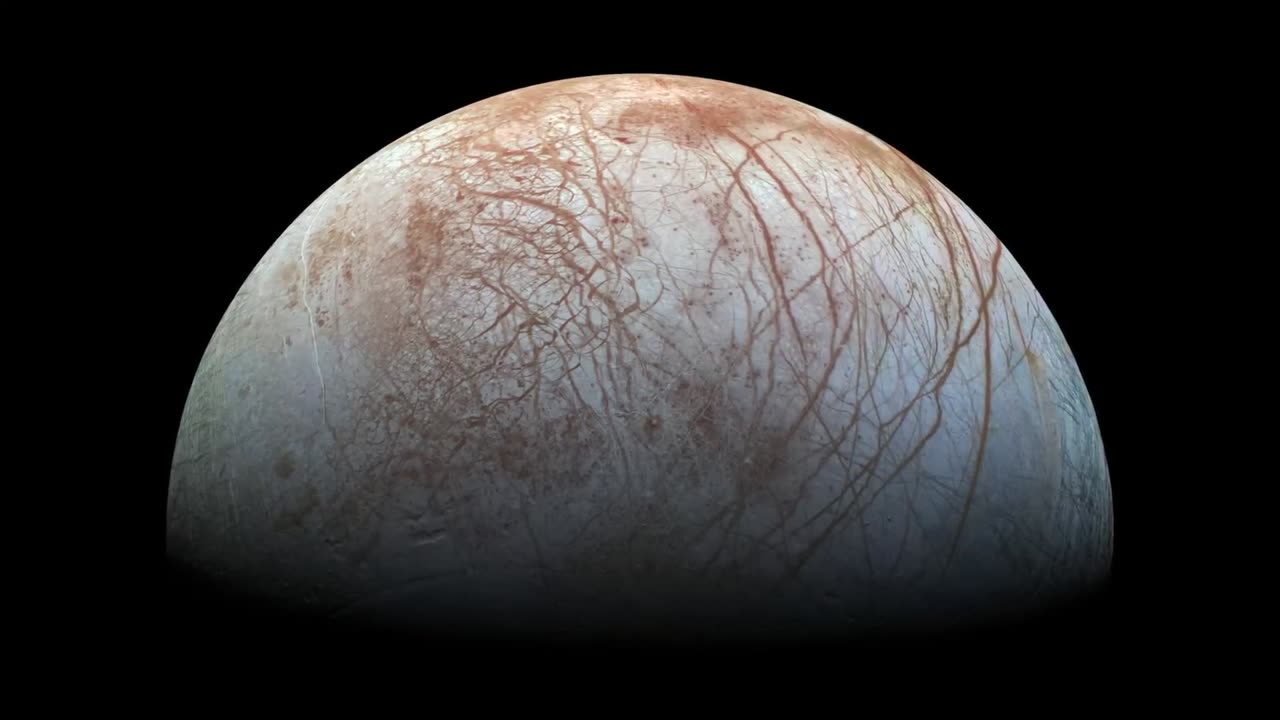Premium Only Content

JPL and the Space Age- Saving Galileo
As of my last update in September 2021, the Jet Propulsion Laboratory (JPL) has been a key player in the exploration of space and has contributed to numerous successful missions, including the Galileo spacecraft.
Galileo was a NASA mission that aimed to study Jupiter and its moons. It was launched in 1989 and arrived at Jupiter in 1995. The spacecraft conducted an extensive study of the gas giant and its moons, including the first close flybys of the Galilean moons Europa, Ganymede, Callisto, and Io. It provided crucial data about Jupiter's atmosphere, magnetic field, and its moons, especially in relation to the possibility of finding water and potential habitats for life on Europa.
However, towards the end of its mission, a critical problem arose with Galileo. The spacecraft's high-gain antenna, which was used to transmit data back to Earth, failed to fully deploy. This issue severely limited the amount of data that could be transmitted and led to concerns that the antenna might not be able to send any further information at all.
In response to this challenge, JPL engineers and scientists devised a clever solution to "save" Galileo and extend its scientific mission. They came up with the idea of using the spacecraft's low-gain antenna, which was not intended for high-data-rate communication, to relay data back to Earth. This alternative option involved using the spacecraft's tape recorder to store the data and then sending it back to Earth at a slower rate than originally planned.
The JPL team successfully implemented this creative approach, and it allowed Galileo to continue returning valuable scientific data despite the antenna issue. The mission was officially ended in September 2003 when the spacecraft was intentionally sent into Jupiter's atmosphere to prevent any potential contamination of Europa or other Jovian moons, which could have harbored life.
The "Saving Galileo" episode serves as a testament to the ingenuity and problem-solving capabilities of the engineers and scientists at JPL, enabling them to overcome unexpected challenges and maximize the scientific output of space missions. Keep in mind that developments and events beyond my last update may not be reflected in this response.
-
 1:01:26
1:01:26
The Dan Bongino Show
7 hours agoTrump Is Cancelling DEI And Cancel Culture (Ep. 2424) - 02/17/2025
779K1.54K -
 1:06:12
1:06:12
Timcast
6 hours agoDemocrat Swamp IMPLODES, CBS Runs DAMAGE Control For Democrats, Gets ROASTED By Elon | Timcast LIVE
146K167 -
 2:00:58
2:00:58
RealAmericasVoice
12 hours agoWAR ROOM WITH STEVE BANNON AM EDITION
123K21 -
 2:59:47
2:59:47
Wendy Bell Radio
11 hours agoAmerica Drops The Gloves
116K65 -
 1:22:27
1:22:27
Steven Crowder
6 hours agoGeorge Washington, Our First President | 3 in 3 Special
321K226 -
 1:03:57
1:03:57
Kyle Fortch
7 hours ago $1.57 earnedDJ Chill: DJing For Jelly Roll, SOLD OUT Tour, Performing at Hometown Arena | THE ONE SHEET S1E4
53K3 -
![The Deep State Spied On Trump & Sabotaged 2020 Operation To Oust Maduro [EP 4440-8AM]](https://1a-1791.com/video/fwe1/94/s8/1/F/5/k/Z/F5kZx.0kob-small-The-Deep-State-Spied-On-Tru.jpg) 4:05:26
4:05:26
The Pete Santilli Show
18 hours agoThe Deep State Spied On Trump & Sabotaged 2020 Operation To Oust Maduro [EP 4440-8AM]
71.9K3 -
 41:53
41:53
Rethinking the Dollar
5 hours agoHype or Hope? Will THE 50-YEAR FORT KNOX GOLD SCANDAL BE EXPOSED?
36.8K10 -
 1:32:36
1:32:36
Game On!
20 hours ago $10.61 earnedPresident Trump TAKES OVER the Daytona 500!
79.9K17 -
 21:35
21:35
DeVory Darkins
3 days ago $27.54 earnedMitch McConnell TORCHED as Secretary of HHS is sworn in
159K199